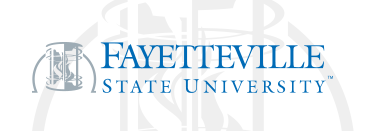Examining the academic persistence behaviors of American Indian transfer students and the implications of these on the pursuit of a bachelor's degree
Abstract
The purpose of this qualitative study was to examine the experiences of American Indian college students and graduates while transferring from a community college to a university. Utilizing a combination of data requests and faculty recommendations, three groups of students were recruited for participation in the study. Online surveys and face-to-face interviews, were used to collect the evidence. Of these, 23 were community college prospective transfer students; 16 were university students who transferred from a community college, and 10 were university graduates who started at a community college. The study asked two major questions: 1) Are there common characteristics of persistence behavior shared among American Indian transfer students who successfully make successful matriculations? 2) What major sources of support are credited with successful transitions? The evidence was analyzed and used to interpret the participants' experiences based on Tinto's Model of Student Departure (Tinto, 1993) and Flaga's Dimensions of Transition (Flaga, 2006). Consistent with these models, participants identified persistence characteristics in three categories: (a) Support, (b) American Indian Courses and Activities, and (c) Persistence Motivators. Students and graduates identified persistence behaviors that they credited with their successful transitions, and prospective transfers shared information about their transfer experiences. Research findings were shared and recommendations for further research suggested.
Subject Area
Community college education|Multicultural Education|Native American studies
Recommended Citation
Bass, James Michael, "Examining the academic persistence behaviors of American Indian transfer students and the implications of these on the pursuit of a bachelor's degree" (2013). ETD Collection for Fayetteville State University. AAI3577754.
https://digitalcommons.uncfsu.edu/dissertations/AAI3577754

